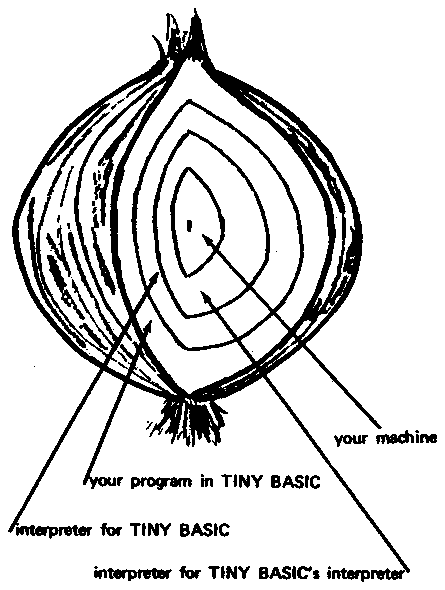Very Tiny Language (VTL-2)
The Very Tiny Language (VTL-2) is a programming language developed for the Altair 680 computer system in 1976. It was the second iteration of the VTL series and represented a significant leap forward from the earlier VTL-1. VTL-2 is notable for the impressive improvements and additional features that it introduced while maintaining the original design’s core simplicity and efficiency.
Background and Development
VTL-2 was created by Garry Shannon and Frank McCoy, two pioneers in the field of early computing. They designed VTL-2 as an enhancement to the original VTL-1, which was already recognized for its minimalistic yet functional design. VTL-2 was built with the goal of offering more functionality to programmers while keeping the language compact and lightweight, suitable for the constrained environment of the Altair 680, one of the earliest microcomputers.
Features and Improvements
One of the most impressive aspects of VTL-2 was its efficiency. Despite adding about thirty new features compared to VTL-1, the language still required only 768 bytes of Read-Only Memory (ROM). This efficiency was a major advantage in an era when memory was a precious resource for computing systems. Moreover, VTL-2 was designed to fit within the three empty Programmable Read-Only Memory (PROM) sockets available on the Altair 680’s CPU board, making it a convenient choice for programmers working with this system.
The improvements over VTL-1 included enhanced control structures, data manipulation capabilities, and improved syntax, allowing for more versatile programming. Although documentation for the language is scarce, it is clear that VTL-2 was intended to support a wide range of programming tasks, all while maintaining the tight memory constraints of the hardware it was designed for.
Legacy and Influence
While VTL-2 may not have gained the widespread popularity of some other programming languages from the same era, its compactness and efficiency made it a valuable tool for users of the Altair 680 system. It represents a phase in the early development of programming languages, where size and memory limitations played a critical role in shaping design decisions. VTL-2’s focus on minimizing resource usage while expanding functionality paved the way for other languages designed for constrained environments.
Today, VTL-2 is largely forgotten outside of certain niche computing communities, but its role in the early history of personal computing remains significant. It is a testament to the ingenuity of its creators and the early days of microcomputing, where innovation often had to work within the tightest of limitations.
In conclusion, VTL-2 stands as a remarkable example of how computer programming languages evolved to meet the demands of early hardware. Its legacy is an important part of the history of the Altair 680 and the broader microcomputer revolution.
